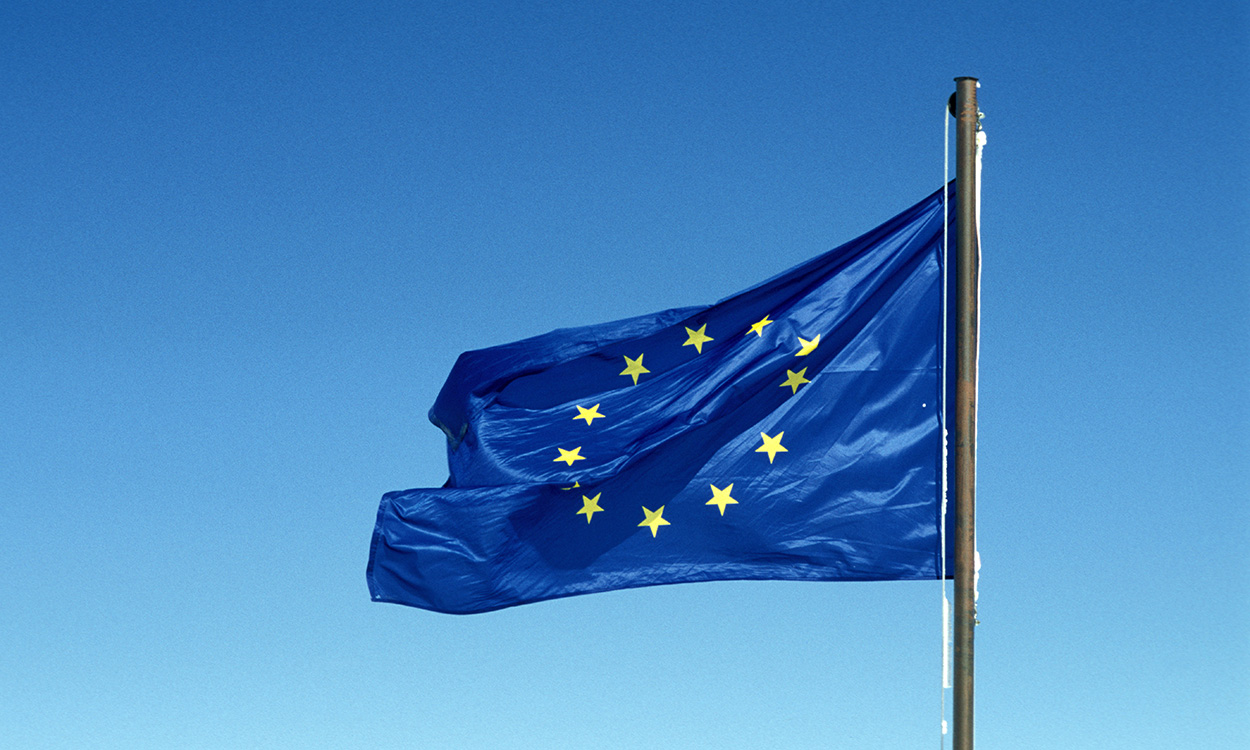
Tougher rules for sustainable bonds on the horizon
A key European Parliament committee passes vote on proposal to introduce tougher rules.

Tougher rules, not only for issuers trying to secure the official EU Green Bond label, but for everyone issuing a ‘sustainable’ bond in Europe.
Background
A European gold standard for green bonds has been in the making since the European Commission launched their action plan on financing sustainable growth back in 2018. In 2019, the Commission’s Technical Expert Group (TEG) published their proposal, recommending the introduction of a voluntary EU green bond standard to enhance the transparency, comparability and credibility of the growing green bond market and to encourage further market growth.
In 2021, the Commission published their proposed regulation on EU green bonds, the EU Green Bond Standard (EU GBS). This regulation suggests that 100% of the proceeds need to be allocated to economic activities aligned with the EU Taxonomy, the EU’s classification of sustainable activities, to attain the official EU Green Bond label (EuGB). The proposal was otherwise mainly based on best market practice, but with additional reporting requirements and expectations on external reviewers.
The proposed amendments to the EU GBS, if implemented, will by definition increase requirements on all sustainable bond issuers
Fears of greenwashing intensifying
Since the Commission proposed the EU GBS regulation in 2021, voices have been raised that additional scrutiny is necessary to avoid greenwashing risks in the market.
With the introduction of sustainability-linked bonds, the market has also become more diverse in terms of structures. This has led to questions around the level of ambition and the lack of standardisation.
Some have asked for the EU GBS regulation to become mandatory. Others have warned that if the regulatory burden of issuing sustainable bonds become too heavy, issuers will simply refrain from issuing such bonds. That would in turn defeat the purpose of this gold standard in the first place.
The current green bond market supports various shades of green
New amendment proposal going beyond the Commission’s initial plans
On May 16th, the EU Economic and Monetary Affairs Committee (ECON) presented their amended proposal to the EU GBS. The proposal seeks to better regulate the entire green bond market, rather than only establishing an EuGB label. Before implementation, the amendment still needs to pass the Parliamentary plenary on June 6th and negotiations with EU member states.
Below, we have summarised what appear to be the main changes introduced in this proposal. Most notably, the amendment proposal does not only introduce stricter requirements for issuing EuGBs, but also introduces requirements for other ‘sustainable bonds’, irrespective of label.
The amended proposal
- Regulatory reporting requirements for all sustainable bonds: Irrespective of standard or label, the amendment suggests ‘minimum sustainability disclosure standards’ for all issuers of sustainable bonds. These disclosure requirements will draw on the requirements in the Sustainable Finance Disclosure Regulation (SFDR). In addition, issuers should have safeguards in place to ensure they do not harm people or planet. For bonds marketed as ‘green’, information on Taxonomy alignment should be presented.
- Stricter rules for EU Green Bonds: For issuers looking to secure the official EuGB label, a verified transition plan must be in place as well as processes to identify and minimise principal adverse impacts of the activities. In addition, issuers from countries that are on the EU’s grey or black list of tax havens will be prohibited from issuing EuGBs.
- 100% Taxonomy alignment: The EuGB label will still require 100% Taxonomy alignment, according to ECON’s proposal. This contradicts the EU Council’s previous proposal for a 20% flexibility for other investments.
- Stricter supervision: External reviewers who review EuGBs should have fewer conflicts of interest and authorities should be able to ban companies from issuing EuGBs if they fail to follow the rules.
- Legal recourse: The amendment seeks to introduce stronger market pressure by ensuring investors have legal recourse if an issuer’s failure to comply with the EU GBS regulation leads to an EuGB depreciating in value.
- Gas/nuclear: Instead of introducing separate definitions of ‘green’ in the EU GBS regulation and the EU Taxonomy regulation, the amendment proposal states that if proceeds will be allocated to (Taxonomy-aligned) gas and/or nuclear activities, such information must be clearly communicated (on the front page of the EuGB factsheet). Information on the proportion of proceeds allocated to such activities, as well as other transitional activities, should also be included.
- Sustainability-linked bonds (‘SLB’): No specific SLB label is included in the proposal, but issuers integrating environmental targets in their SLBs should also publish a transition plan.
- Transition label: Despite earlier proposals, no official Transition Bond label was included in the amendment.
What can this mean in practice?
Today’s sustainable bond market is by no means perfect, and the level of ambition as well as progress among issuers varies. Transparency and comparability are cornerstones to ensure credibility in any product labelled as ‘sustainable’, and the lack of stringent rules and ‘green covenants’ have been heavily debated over the years.
One should however not necessarily underestimate the sophistication of investors. The possible reputational damage facing an issuer that fails to live up to their green criteria and investor expectations may have severe implications for future access to, and cost of, capital. But just as the level of ambition among issuers can vary, so does that of investors – and in the end, investor preferences steer capital flows.
The EU’s quest for mitigating greenwashing risks is understandable and should be commended. We remain positive towards the ambition of creating a gold standard for green bonds and promoting standardisation and transparency across the sustainable bond market. As with all regulations, there can be a fine line between securing an efficient market and introducing hurdles.
The current green bond market supports various shades of green, whereas the EU Taxonomy has a more binary approach when defining ‘environmentally sustainable activities’. An increasing fear of greenwashing accusations can potentially have the negative side-effect that some important transition investments do not receive the funds they need to move from brown to green.
Irrespective of standard or label, transparency remains crucial to secure credibility as well as access to capital. Transparency has also been the main benefit of the green (and sustainable) bond market since inception. Reporting on the share of proceeds allocated to Taxonomy-aligned activities, be it 10% of 90%, is something that is already becoming more and more common in the green bond market, and is since 2021 also recommended by the ICMA Green Bond Principles.
The proposed amendments to the EU GBS, if implemented, will by definition increase requirements on all sustainable bond issuers. If this will only raise the quality of the market, or also make the market less relevant and attractive for issuers, remains to be seen. The outcome will depend on the details of the final regulations which are still to be hammered out.
One overarching ambition among EU lawmakers is currently also to ensure that the various sustainable finance regulations over time become harmonised. This could mean that even if some of the proposed amendments to the EU GBS currently seem burdensome, they may actually be in line with future reporting requirements for both companies and investors.



